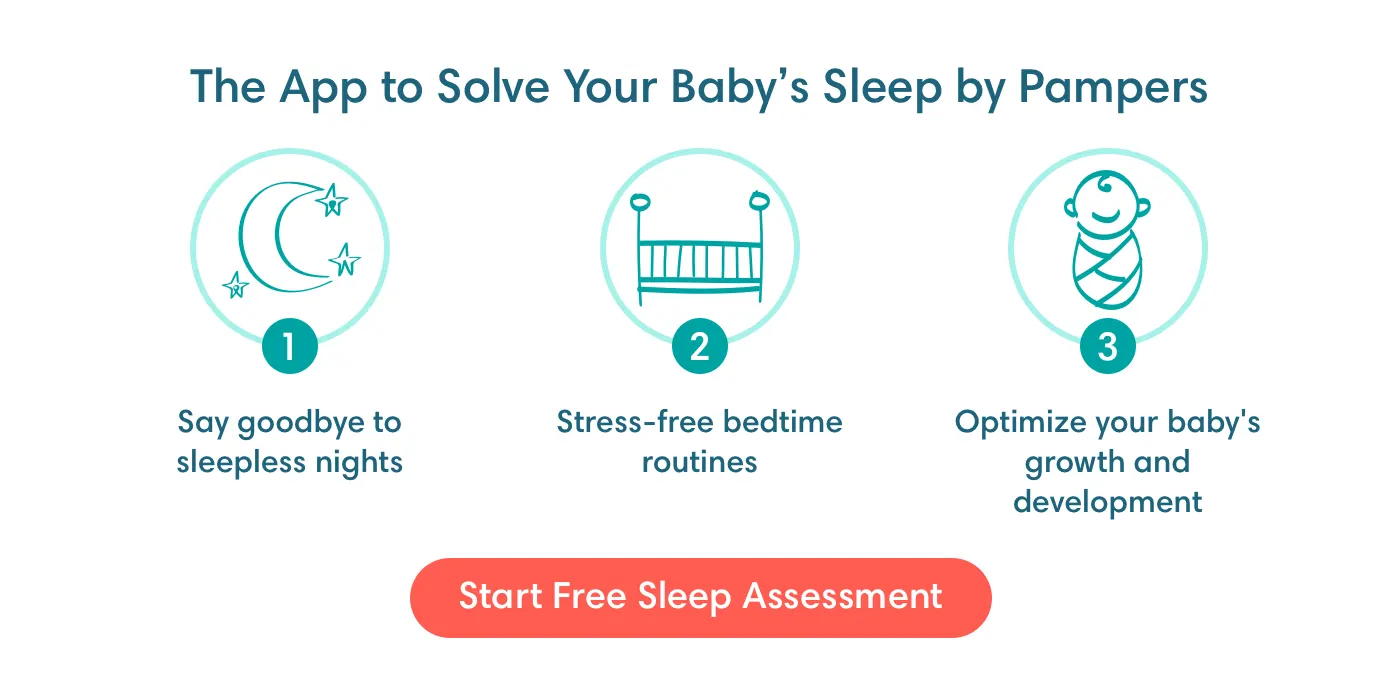When to Transition From Cot to Toddler Bed
Is your toddler ready to graduate from their cot to a bed? This may be an exciting milestone for your child, and they may look forward to this newfound freedom and status. However, this also means more work for you: choosing the right bed for your little one, getting them to stay in bed at night, creating a safe sleeping environment and doing all the other little things that will make this big step easier and more fun. Read all about how, when and what to do as the time comes to move your toddler from their cot to a bed.
First Signs Your Child Is Ready for a Toddler Bed
Toddlers usually move from their cot to a toddler bed when they’re between 18 and 24 months old or 90cm tall – you can track their height and weight here. One of the first signs your child is ready for a toddler bed is that they may now be too active to stay in a cot. They will have much better control of where they are going, meaning that they are more likely not to fall out of a bigger bed when they get one (although some older children will still do this!). Sometimes your toddler is ready to enjoy their bigger bed, but there are times when leaving the comfort of the old cot can be a little more difficult for them. We have some handy suggestions that will help make the move smoother and easier for everyone. A telling sign that your child no longer needs their cot is their level of activity – if they are now able to climb out of the cot by themselves when the mattress is at its lowest setting, they are safer out of it. This typically happens when your child is about 2 years old. Getting a new bed can be very exciting for a little child. They might even be involved in choosing their own bed or deciding how to have things in their room. The first big bed will be a place of adventure, and it will quickly get filled with toys. Bedding will be turned into a tent, a raft or any other fun game!
How to Make Going From a Cot to a Bed Easier
If your toddler is struggling to adapt or resisting all together, there are a few things that you can do to make them feel better about the move. These include putting a mattress on the floor, getting a toddler bed with a guard rail – which has the look and feel of their old cot bars – and using night-lights to make their new environment cosy and inviting. If your toddler is prone to ‘the great escape’, you should also get a baby gate to keep them in their room or from tumbling down the stairs. It might also help to explain to your child that they need to stay in their room until the morning, promoting the idea that their new bed is for sleeping in, just like the cot was.
What Type of Bed to Use
There are various options when it comes to moving your child out of their cot and into a toddler bed – including not using a toddler bed immediately. Do what suits you and your little one best. Here are some ideas that may help you in making the move:
You could take the cot mattress out and place it on the floor until you decide on a more permanent solution. This would give your child a safe sleeping environment that wouldn’t need to be disassembled when the new bed arrives.
If the baby’s cot is convertible (some cots have the option of removing sides), you could remove the sides and convert it into a toddler bed following the manufacturer’s instructions. Now your little one doesn’t need to leave the comfort of the cot immediately!
You could purchase a bed specifically designed for toddlers that can be adjusted in length and width. There are all kinds of fun, character beds available that may make the move appealing to your child – or they might just love the extra room a toddler bed provides.
You could move your child to a bunk bed, with the mattress placed on the floor at first, and later placed into the bed frame.
In summary |
Getting Your Toddler to Stay in Their Bed
It’s finally happened: your little one has graduated to a bed! Now the fun begins – or the wracked nerves! Without the confinement of the cot bars, your child could start climbing out of bed in the middle of the night and wandering off to explore. Have a look at the following advice that might just help keep your toddler in bed and get them back into the bed if they get up and wander about during the night:
Smart Sleep Coach Tip As your toddler transitions to a bed, maintaining a consistent sleep routine is crucial, and the Smart Sleep Coach by Pampers can be an invaluable tool in this process. By offering a carefully crafted plan based on your child's sleep patterns, the Smart Sleep Coach app helps you create an inviting bedtime environment that encourages your toddler to stay in bed. Real-time feedback and expert guidance may enable you to make informed decisions, adapt routines and address any sleep-related challenges that may arise during this transition period. For a smoother and more successful transition to a bed, take a look at the Smart Sleep Coach today! |
How to Keep Your Toddler in Bed
Here are some tips for keeping your toddler in bed:
Tell your child that they need to stay in bed unless they have finished sleeping in the morning, have finished napping (if you sent them to bed for a nap) or they need to go to the toilet during the night.
Discourage them from joining you in your bed or staying up late with other family members unless there is a good reason, such as feeling the need for security. Forcing a frightened child into their bed will not help them to settle.
Settle your child in bed and when they are there you can read a bedtime story, sing songs or talk with them for a few minutes as they snuggle down. A bedtime story or song is a great routine to follow for young children to help them get to sleep.
Put your child’s favourite soft toy in their bed so that they can associate it with a feeling of comfort and safety. You could tell them that if they wake up in the middle of the night, cuddling the toy will help him fall back asleep. Don’t be surprised if they fill their new bed with soft toys so that they can all enjoy the new experience!
Use a night-light in your toddler’s bedroom – this way they won’t wake up in the middle of the night and see a scary, pitch-black room.
How to Help Your Toddler Get Back to Bed
Follow this step-by-step approach to getting your toddler back into bed if they have climbed out and wandered off:
Take your child's hand and lead them back to bed, telling them that they need to stay in bed now.
Assure them that you are only in the next room (or wherever) and that you will come back and check on them in a bit. This reassurance may provide some comfort for a restless child who feels unsure of their surroundings.
Say ‘night-night’ when you leave the room and that you will see them in the morning when they’ve had a lovely sleep.
You may need to repeat some of these steps several times in a single night. The best piece of advice is to remain calm and keep your interactions brief and low-key, maybe even boring, and not to reward your child with too much attention. Consistency and sensitivity can help you put an end to night-time escapes and let them know that you expect them to stay in their bed until it is time to get up. If your toddler does stay in bed throughout the night (or stays in bed apart from needing the toilet), pile on the praise in the morning. Tell them how pleased you are and how proud they should feel that they managed to sleep all through the night in their very own bed.
In summary Keeping your child in their new bed may be tricky at first, but a good bedtime routine can help them to settle down. Make sure your child knows they can get out of bed for the toilet. Use a night-light if it helps them to settle in. Be gentle but firm if your child decides to explore at night. |
Note on Childproofing and Safety
It isn’t always possible to keep your toddler from climbing out of bed at night and wandering around. This is why childproofing your toddler’s room is a good idea before they become more mobile and independent. Here are some ways to childproof your toddler’s bedroom before they make the move from cot to bed:
Install a baby gate on the bedroom door so that your child doesn’t leave their room at night without your knowledge.
If your toddler’s bedroom is located on the first floor of the house (up the stairs), make sure a baby gate is installed at the top of any stairs to prevent them from falling downstairs.
Keep the area around the bed clear of furniture or large toys that your child could use to help them make their escape or that might possibly cause a hazard if they fall out of bed during the night.
Use wall anchors on large pieces of furniture and childproof latches and locks on cabinet doors and chests of drawers. Put socket covers over unused wall sockets to stop small fingers from being poked in.
FAQs at a Glance
Usually at about 18 months of age, your child will have become a lot more mobile. They will probably be about 90cm tall and able to climb out of their cot.
The Bottom Line
Moving your toddler from their cot into a bed is definitely a time of change. Your child may enjoy the freedom of moving from the confinement of a cot with bars to a roomy and open bed. However, with this newfound freedom comes a new set of challenges, including your child climbing out of bed at night and wandering off – probably to find you! Before you move your toddler into their own bed, think about what type of bed you’d like for your toddler and whether you’d like to start with a mattress on the floor first. Consider the use of guard rails on a toddler bed for comfort and security.
Make sure your child’s bedroom is a safe place by securing furniture, locking drawers and doors that they shouldn’t access and using covers over unused sockets. If you have a little climber on your hands, make sure the area around the bed is free of large toys or furniture that they could use to climb out.
Set a good bedtime routine to settle your child in and encourage them to stay in bed until the morning, unless they need to get up for a wee in the night. When you say goodnight, assure your little one that you’ll check on them now and then. When the morning comes, praise them for sleeping in their own bed.
The information in this article is based on the expert advice found in trusted medical and government sources, such as the National Health Service (NHS). You can find a full list of sources used for this article below. The content on this page should not replace professional medical advice. Always consult medical professionals for full diagnosis and treatment.
Join Pampers Club and get:




